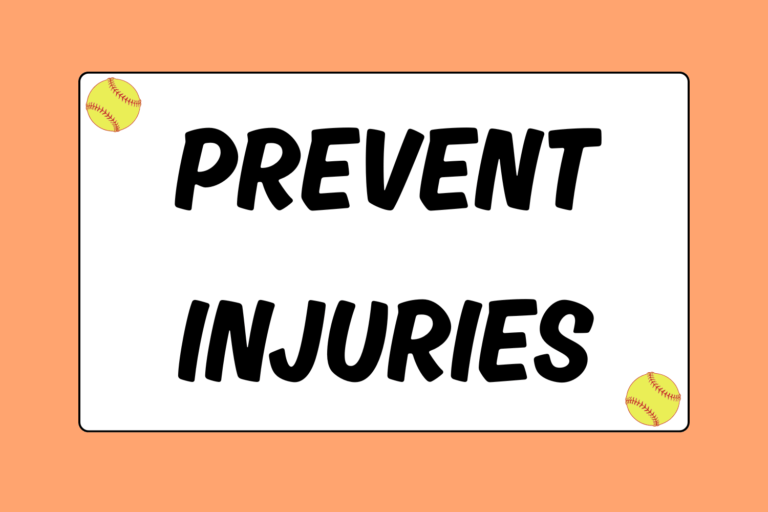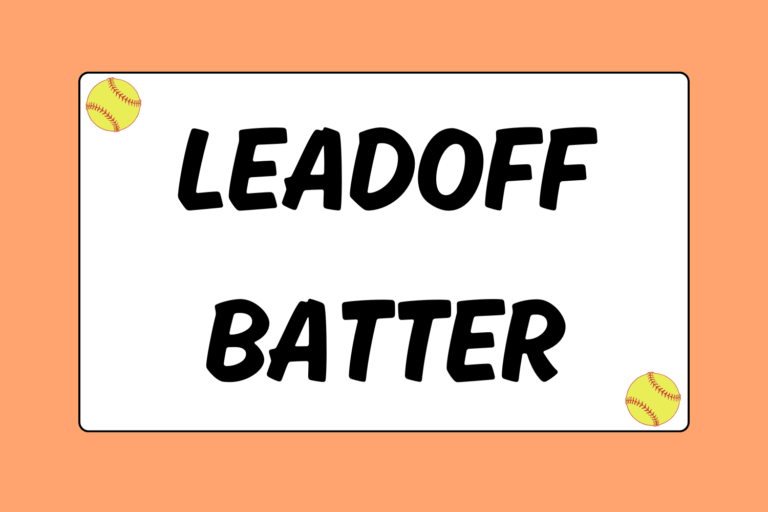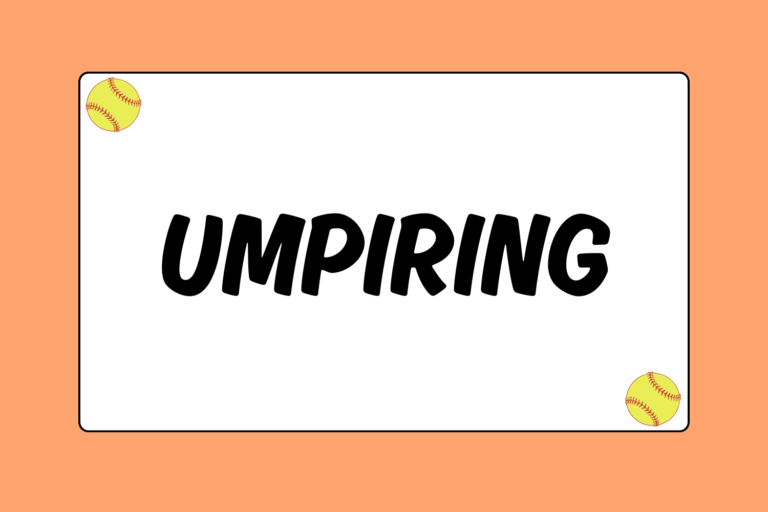A strong defense is the backbone of a successful softball team. The middle infielders are particularly important as they cover the most dirt in the infield. This guide will analyze the duties of the second baseman and reveal what it takes to be an extraordinary defensive player.
The Basics
The first thing to perfect at second base is your stance and how you get into it. You always need to be moving, light on your feet, and mentally prepared for anything.
If you understand that your stance never calls for your glove to be resting lazily on your knee, the rest is quite simple:
- In general, the second baseman should walk into her stance, synced with the pitcher’s motion (when her hands are separating on the mound). Do not just drop your glove on the ground. Rather, give your glove a smooth descent into the dirt (like an airplane landing).
- Your feet should be squared to the batter, set about shoulder-width apart, knees bent and back straight (body bent at the waist).
- Your glove needs to be out in front of your body with its pocket open towards the batter and your throwing hand should be poised to its side. Your glove should end up low to the ground, so that no ball goes underneath it, and you need only move upwards to field a ball.
Fielding Grounders
Middle infielders need one particular trait: Range. They need to be fully equipped with the defensive skills that will allow them to cover the most ground.
Whether it’s diving, taking a shot to the chest to block a bad hop, or running through a bounder to finish the play — middle infielders need to be aggressive.
There are three types of grounders you’ll face at second base: Balls to the left, balls to the right, and balls hit right at you. Each grounder calls for a different approach, especially depending on where the play is to be made.
Since most second basemen are right-handed, this portion of the guide will describe the proper technique for a right-handed second baseman.
Grounders Hit Directly at You
Grounders hit right at you are generally routine and should be executed with ease. You should never be waiting on your heels so be sure to charge every ball. Running through a grounder is better than fielding a short hop.
Grounders to the Left
If the play is at first base and the hit is to your left, move your feet to get in front of the ball. If you absolutely cannot field the ball in front of you, you may field it on the inside of your left foot or dive if necessary.
The hit will lead you towards first base. If you are close enough, make an underhand toss to first base or take it yourself to finish the play.
If the play is at second base, think of overplaying the ball so that you field the ball on the inside of your left foot. As you gather the ball into your stomach, pivot your left foot in a clockwise direction while making a drop step with your right foot so your hips face second base. You will then make the throw to second base without taking another step.
If this motion is too difficult, drop down to your left knee to make the throw rather than standing. This is often an easier motion for less experienced players.
If the ball takes you further to your left and the play is at second base, your job is a little more difficult because you will likely have to field it outside of your left foot. Pivot your feet, cross over, or shuffle to field the ball. As you field it, step through with your right foot, turn your back to the infield by pivoting your left foot (turning towards your left side), while completely turning your hips around to make the throw.
Grounders to the Right
If a grounder leads you to the right, always try to get your body in front of it. You should only use your backhand as a last resort. Once you gather the ball into your stomach, take a small drop step with your left foot to square your hips towards first to make the throw.
If the play is at second base, it will be somewhat easier for you to make the play. The grounder will already be leading you to second base so all you need to do is cleanly gather it into your stomach, and continue your momentum towards second base. Make a quick toss to finish the play.
Covering the Bases
The second baseman is in charge of covering both first base and second base, depending on the situation.
Covering First Base
The second baseman covers first on every bunt. But do not get caught cheating towards first before the ball is put into play! If you do this, you’ll be caught off-guard for any hit to your right, missing the opportunity at what would have been an easy out.
The second baseman also generally covers first base on all pick-off plays if the first baseman is playing forward (for a bunt). Constant communication with your first basemen will eliminate all confusion as to who should cover the bag in each situation.
Hot Tip: The Triangle Drill
When you are fielding any grounder, keep your eyes on the ball. A simple drill will help you learn this:
- Choose a partner and stand 10 to 20 feet apart.
- Draw a triangle in the dirt such that its base is along your toes, and place your glove at the tip of the triangle, which should be pointed at your partner.
- Your partner throws grounders and you field them softly.
- As you gather the ball into your stomach, your partner should only see your ponytail, or the top of your head.
Your partner should never see your eyes when you are fielding the ball because that would mean your eyes are not on the ball. Make sure to use two hands!
Covering Second Base
The second baseman covers second base on every grounder or fly ball hit to the left side of the field.
If a ball is hit directly up the middle, the shortstop often fields the ball, while the second basemen cover the bag. If the second baseman gets the ball, the shortstop will cover the bag.
If the hit is to the pitcher, the shortstop should cover the base and the second basemen should back-up the throw.
For anything hit deep into the outfield on the right side of the field, the second baseman will be the cut-off for the outfielders.
Go for the Fly Balls
The second baseman needs to make an attempt at every fly ball to her side of the field. If there is a hit to the outfield, run for it until you are called off by an outfielder. If the ball drops between you and an outfielder, it is the fault of both players. If the outfielder calls you off for a fly ball, get out of the way and circle around to back-up the outfielder.
Go All Out
A team seeing its second baseman constantly sell out and never leave a game donning a clean uniform is extremely satisfying, especially for the pitcher. A pitcher will be a lot more comfortable in the circle if she knows she has a defense behind her that is willing to work as hard as she is. Going through the mechanics, not the motions, will allow you to become an exceptional second baseman.





